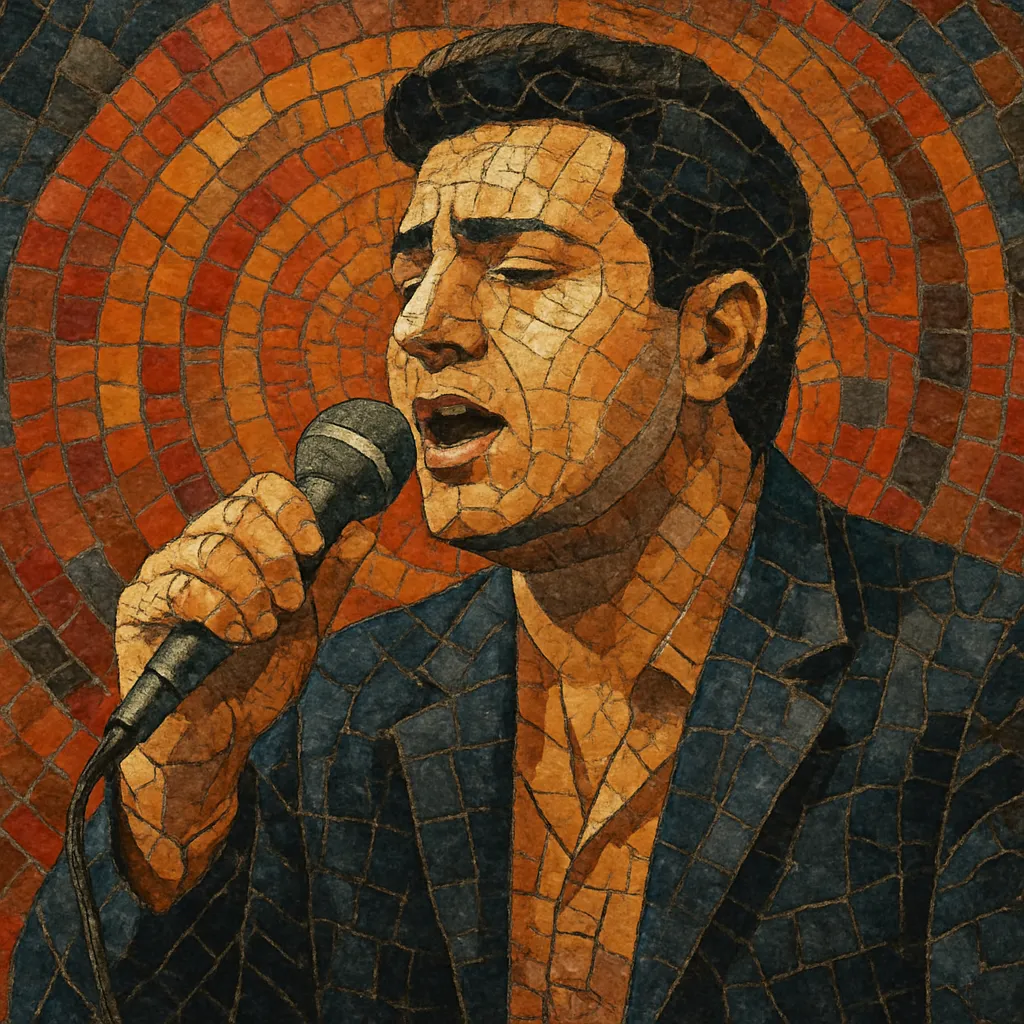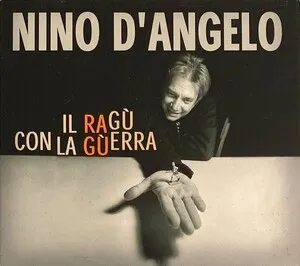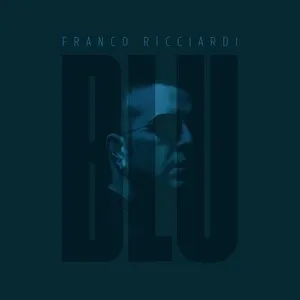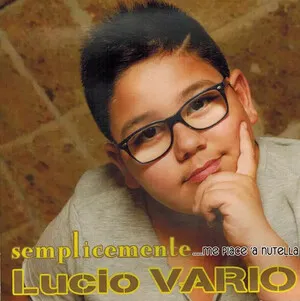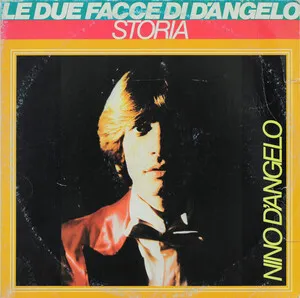Canzone neomelodica is a contemporary Neapolitan pop-ballad style that modernizes the classic Neapolitan song with lush synthesizers, drum machines, and radio-friendly structures. It is sung primarily in the Neapolitan dialect and centers on highly melodic, emotive vocals that foreground themes of passionate love, jealousy, betrayal, family, and neighborhood life.
Emerging in Naples and the surrounding Campania region, the genre bridges traditional vocal expressiveness with 1980s and 1990s Italian pop production, often borrowing the sleek textures of italo‑disco and the sentimentality of European schlager. Performances are common at weddings, street festivals, and local television programs, and the music has circulated widely via cassettes, CDs, regional TV, and later YouTube and social platforms.
Canzone neomelodica grew out of the classic Neapolitan song tradition (canzone napoletana) and the popular theater form sceneggiata. In the late 1970s and 1980s, artists began updating these melodic, emotional songs with electric bass, drum machines, and synth strings influenced by italo-disco and mainstream Italian pop. The Neapolitan dialect remained central, preserving a strong local identity while shifting the sonic palette to contemporary production.
In the 1990s, the style consolidated a recognizable sound: mid-tempo ballads, polished arrangements, and powerfully expressive vocals. Local TV, wedding circuits, and street festivals amplified its visibility. Cassettes and CDs circulated through informal networks, helping singers achieve regional stardom. Some figures, notably Nino D’Angelo and later Gigi D’Alessio, crossed into national consciousness, taking neomelodic sensibilities onto larger stages.
The genre’s hyper-dramatic storytelling occasionally intersected with depictions of working-class urban life that critics read as glamorizing crime, prompting media scrutiny and periodic controversies. Supporters countered that the music documents real social contexts and gives voice to everyday experiences in Naples and Southern Italy.
With the rise of YouTube and social media, neomelodica’s audience expanded to younger listeners and diaspora communities. Contemporary artists have experimented with R&B inflections, light urban beats, and collaborations with pop-rap, while retaining signature traits: dialect lyrics, memorable hooks, and heartfelt delivery. The style remains a living local tradition with periodic national and international exposure.

